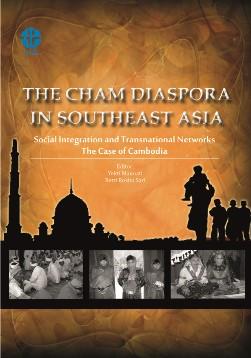The Cham Diaspora in Southeast Asia Social Integration and Transnational Network the case of Cambodia
Keywords:
Cham, Diaspora, Identity, CambodiaSynopsis
The Cham people, particularly following the defeat of the Champa Kingdom by Vietnam in 1693, dispersed into countries like Cambodia, Malaysia and Thailand, to mention just a few. Therefore, to study their identity is most important as by this we can perhaps understand how minority people struggle to maintain their distinct culture against the mainstream. As a matter of fact, diasporic communities have beenemerging along with the rapid transnational movements witnessed by migrations in Southeast Asia. Cham people migrated to Cambodia in several stages beginning from the end of the16th to the early 17th centuries. After the fall of Pol Pot, internal problems in Cambodia encouraged a kind of reverse movement of Cham people from Cambodia to Malaysia since historically, Cham people have had close connection with people in other countries of Southeast Asia, especially Malaysia and Southern Thailand. Recently, the Arab world has started to be important to the Cham people, especially in relation with religious matters. Transnational networks have been established and theseseem to follow old patterns of relationships. The Islamic world, an important channel for transnational networking, has in turn influenced the contemporary construction of Cham identity. However, being Cham is not a single identity but fluid and contested. In this,the second year of fieldwork in Cambodia, we came across the so-called Cham Jahed which has a unique practice of Islam. Unlike other Cham who pray five times a day, Cham Jahed pray once a week, on Fridays, and have a different ritual for the wedding ceremony which they regard as the authentic tradition of the Cham because this group considers itself as pure descendants of the Cham in Vietnam, retaining Cham traditions.
Downloads
References
The Cham Diaspora in Southeast Asia Social Integration and Transnational Network the case of Cambodia

Downloads
Published
Series
License

This work is licensed under a Creative Commons Attribution-NonCommercial-ShareAlike 4.0 International License.






























